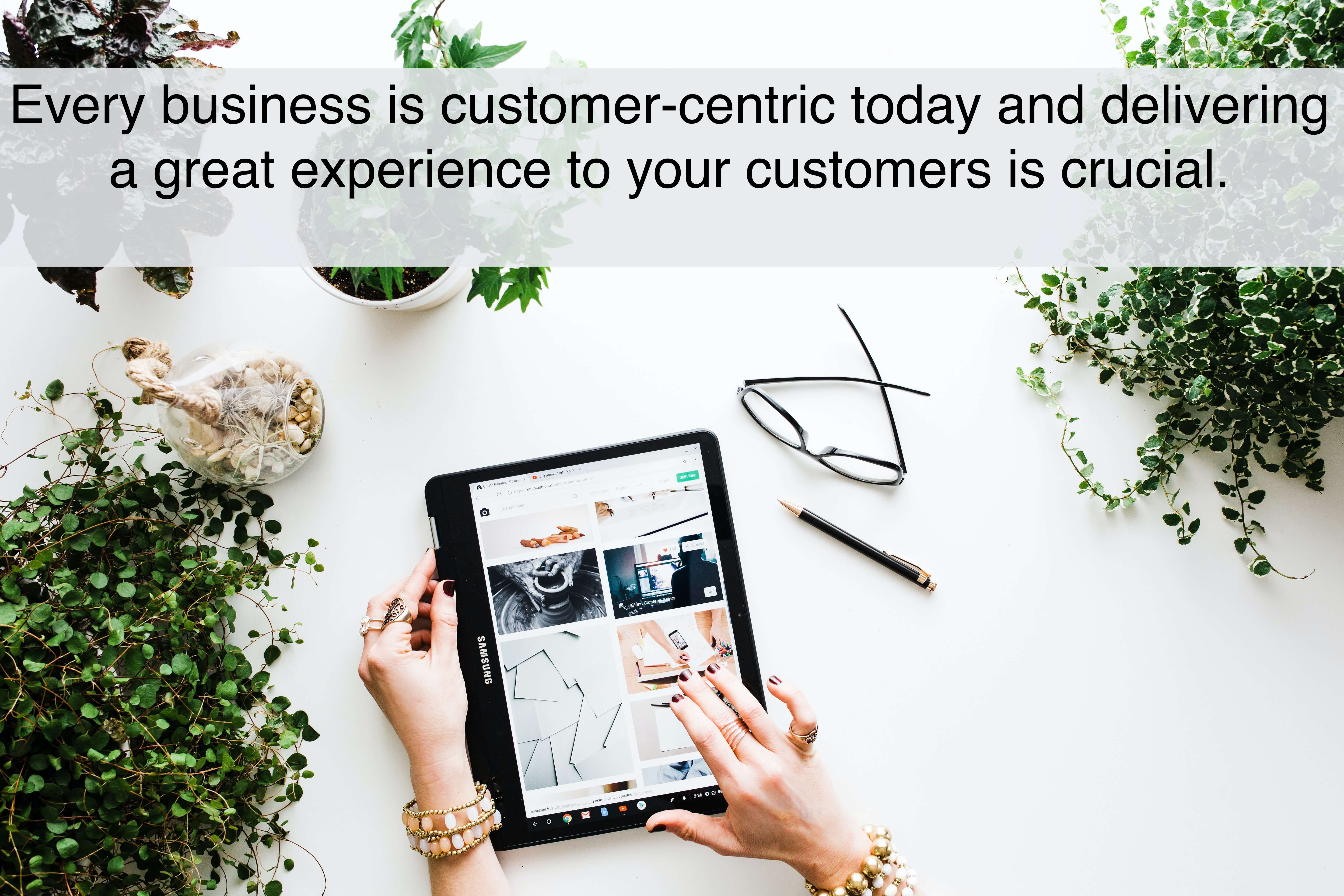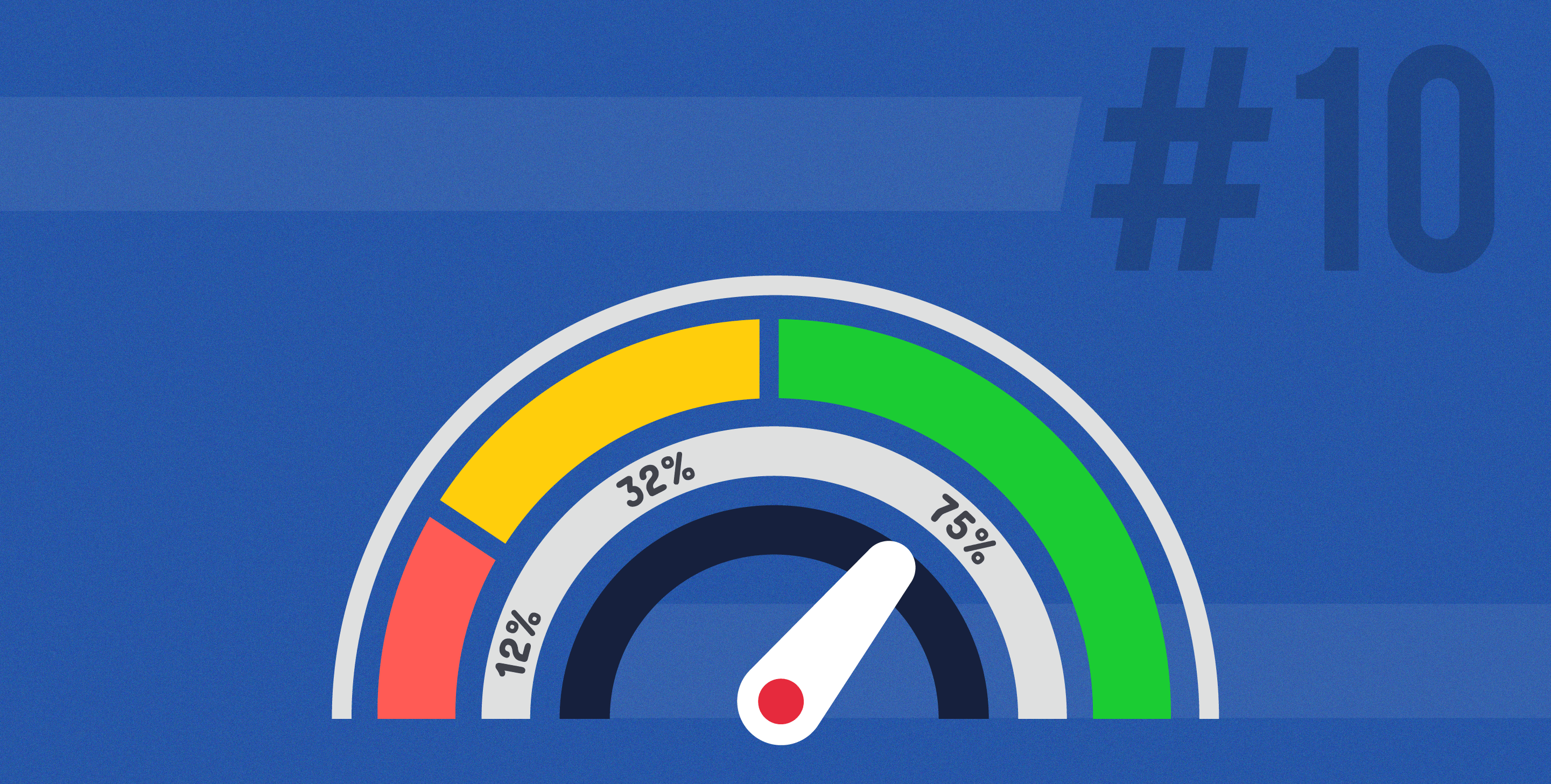B2B eCommerce is growing at a fast pace and is expected to touch $6.6 trillion in 2020, according to Frost & Sullivan. However, while these figures indicate increased opportunities, they also indicate higher competition – making it pertinent for businesses to get creative and reach out to their target audience effectively or lose out to their peers.
Customer Experience and B2B eCommerce Sales
According to Deloitte, an outstanding B2B sales experience must have three key elements, that is, personalization or tailored interactions, such as AI-based recommendations; speedy and frictionless buying journeys (for example, by enabling self-service); and, achieving promised outcomes by solving customer issues promptly and efficiently.
B2B buyers have come to demand much more from their buying journeys, and many expect a buyer experience similar to that of B2C customers. This puts additional pressure on businesses to revamp their product pages and curate outstanding customer experiences to not only boost conversions but also improve customer relations and build a stream of loyal and long-term clients.

If you intend to foray into B2B eCommerce or wish to improve your eCommerce sales and revenue, here are some proven tips to achieve your business goals without breaking the bank.
1. Pick the Right Technology Platform
There are several eCommerce platforms available in the market, but which one is the right fit for you?
Generally speaking, Magento, WooCommerce, and BigCommerce top the list of most preferred eCommerce platforms for B2B. But popularity is not the sole feature to base your decision upon.
According to experts, the choice of your eCommerce platform should be based on your business requirements and the features you aim to provide to your buyers.
For example, most B2B buyers expect advanced searches and quick re-ordering on sites. Does the platform of your choice offer these features?
If Magento is the right fit, a B2B Magento agency can tailor key features to support complex buyer journeys, especially when scalability and customization matter.
Below, we have listed some essential features worth adding to your B2B eCommerce website to help you identify a suitable platform for your eCommerce site:
Advanced product search
Self-help capabilities (Order management, such as quick re-ordering or subscription management)
Custom pricing
Simple checkout process
Integration of multiple payment gateways
Warehouse integration
Easy registration
Split shipping
2. Enable Fast and Effective Customer Support
A report published by LinkedIn points out that trust, personal relationship, and responsiveness influence the B2B buying process significantly by impacting the strength of your relationship with your buyers.
No wonder, when it comes to choosing between two or more companies offering the same (or similar) product, business buyers tend to choose companies that provide reliable and consistent support, which is a crucial factor in addition to the price and quality of the solution offered. Well, that opens up a window of opportunity right there as you can win over your B2B competition by providing more value and better support to your customers – something that is easy to achieve with an advanced customer support software.
For example, using live chat software on your customer touchpoints can reduce the response time significantly, enabling you to connect with users in real-time. With live chat, your site visitors can connect with you at the precise moment when they need help – leading to higher customer satisfaction and increased sales.
Statistics also indicate that businesses that use live chat boost their conversions by 3X as compared to companies that don’t. Besides, live chat also saves you money by enabling your customer support staff to handle more than one customer at a time, saving almost 50% of costs as compared to handling phone calls.
Live chat can also be used to execute a higher degree of personalization in your offerings. As the software can be connected with your CRM, it can be used to gather more information about your site visitors, including their browsing history, as well as offer personalized interactions to existing buyers by using their stored data.

3. Invest in a Responsive Website
The ease of doing business is a top factor that influences customer loyalty and satisfaction across B2B markets. As a business, you can make it easier for your prospects and customers to partner with you by facilitating seamless digital interactions across multiple channels.
For example, Google states that mobile drives more than 40% of revenue in top B2B organizations, while another study reveals that 80% of B2B executives use tablets to research products or services in the evening. Therefore, it is imperative to collaborate with a skilled mobile app developer to design a responsive website or mobile app for your business.
4. Simplify Payments
In addition to personalization, both B2B and B2C users want quick and simple transactions, which are also secure. This part especially applies to payments – because nothing puts off a buyer more than a complicated payment procedure.
We strongly recommend that you keep your payment process simple – by only asking for essential information in the payment form. It is also a good idea to use a payment gateway that supports multiple payment methods.
‘What about collecting customer information?’
If that’s the question on your mind, remember that the payments page is not the place to collect customer data. In the world of B2B, it is always best to keep things short and simple and focus on selling value than collecting data. For example, many B2B companies only ask for the most basic details before fixing a free demo. However, once a trial is set, it becomes much easier to interact with the prospect and seek additional information while also forging a personal connection with them.
5. Leverage the Power of Search Engine Optimization (SEO)
In the world of eCommerce, there is nothing more important than good content and smart SEO for higher visibility and reaching out to your audience effectively. That’s why it is important to write visual product descriptions that focus on your key value proposition in addition to leveraging social proof in terms of client testimonials and videos. Adding a relevant CTA, such as signing up for a free demo, is also important to direct your site visitors to the next steps you wish them to take.
You can also leverage the power of SEO by monitoring ranking with an SEO rank tracker by creating educational and informative content for your prospects, such as ebooks and whitepapers, to establish your brand as a thought leader and also generate more leads.
Coming to the relevance of SEO, Google states that “90% of B2B researchers who are online use search specifically to research business purchases.” It also adds that B2B researchers carry out an average of 12 searches before engaging on any particular brand’s site. Interestingly, 71% of these searches start with a generic query and not a brand name, which also means that if your website is not optimized for the relevant keywords, the majority of B2B researchers won’t be able to find you.
6. Collect Customer Feedback Regularly
Another important factor that contributes to the growth of your B2B eCommerce business is stellar customer experience. Every single business is customer-centric today and delivering a great experience to your customers is crucial for overcoming the competition of your peers.
So, how do you know if your customers are happy with your service?
Feedback can help you there. By collecting feedback, you get a chance to know your customer’s honest opinion about your service and even garner reliable data to make key business decisions.
With a proper feedback system in place, you can measure customer satisfaction, retain customers and of course improve customer experience. But do make sure you close the feedback loop by taking appropriate measures in the light of the survey results and keep collecting feedback regularly (quarterly, half-yearly or annually) so that you know how much you have improved and what can be done to improve further. You can even automate the process with the help of customer feedback tools like SurveySparrow.
Some Parting Words
B2B eCommerce holds a lot of promise for businesses that are ready to take an industry-first approach and invest in personalized experiences for their clients while delivering value and efficiency in every transaction. The tips mentioned above are based on the same idea and will help you grow your B2B eCommerce business significantly.
That being said, besides developing seamless digital channels and fast and reliable customer support (both during and after-sale), it is also vital to invest in self-help channels that enable business buyers to manage their orders online, saving time for both the parties involved. In addition to optimizing your eCommerce platform, you can also give a boost to customer engagement by creating loyalty programs for long-term customers that either offer discounts, tiered incentives, or early access to new features and also serve as a source of beta feedback.
Do you have any ideas you’d like to add to the above list? Share your suggestions in the comment section below to spread the knowledge for everyone.






